ALUMNI AND GRADUATES
Meet our most recent HDR graduates and past research fellows.
RESEARCH FELLOWS
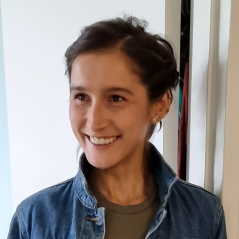
Dr Valentina Hurtado-McCormick
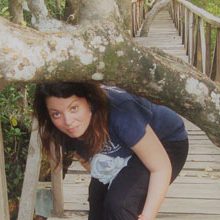
Dr Clare Duncan

Dr Biao Huang

Melanie Bok
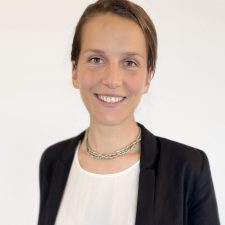
Dr Lenka O’Connor Šraj

Dr Christina Birnbaum
PHD CANDIDATES

Erlania (2023)
Thesis: A deeper investigation on seaweed potential for carbon sequestration
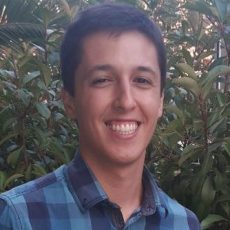
Alejandro Navarro (2022)
Research focus: developing local valuations of coastal ecosystem services for marine habitats
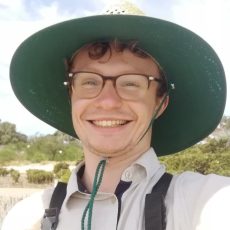
Oli Dalby (2022)
Thesis: Seagrass restoration in Southeast Australia

Yi Mei Tan (2022)
Thesis: Seagrass restoration: Development of methods for the recovery of intertidal seagrass meadows.
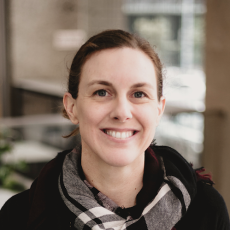
Sarah Watson (2022)
Thesis: Decommissioning offshore infrastructure
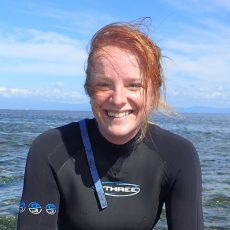
Abbi Scott (2021)
Thesis: Herbivores as ecosystem engineers in tropical seagrass meadows: Grazing impacts on meadow structure and ecosystem service delivery
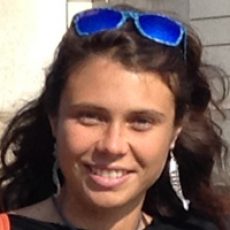
Giuditta Bonetti (2021)
Thesis: Microbiology and greenhouse gas dynamics of inland wetlands
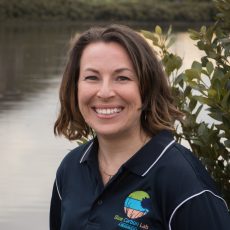
Ashley Whitt (2021)
Research focus: Understanding anthropogenic impacts to coastal communities in oyster reefs, seagrass, saltmarsh, and mangroves
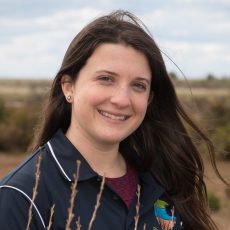
Katy Limpert (2021)
Thesis: Reducing emission from degraded wetlands

Holger Jänes (2020)
Thesis: Value of Australian coastal ecosystems for fish and fisheries

Quinn Ollivier (2019)
Thesis: Blue Carbon Offset Opportunities within the Corangamite Catchment
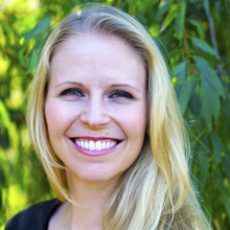
Carolyn Ewers Lewis (2018)
Thesis: Distribution, drivers and disturbance of “blue carbon” in southeast Australia
HONOURS STUDENTS
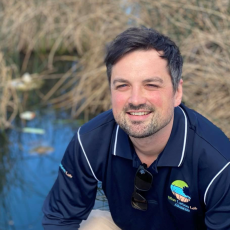
Jake Archbold (2023)
Sustainable management of farm dams: Addressing ebullitive and diffusive methane emissions

Ronan Keogh (2022)
Enzymatic breakdown of seagrass and seaweed cell wall components by the marine protist Labyrinthula spp.
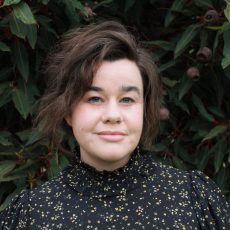
Rebecca St Ledger (Masters)
The effectiveness of stock exclusion fencing in restoring saltmarsh ecosystems in Swan Bay (southeast Australia)
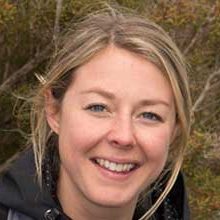
Jami Butler (2017-2018)
Southeast Australian saltmarsh allometry, biomass, and blue carbon
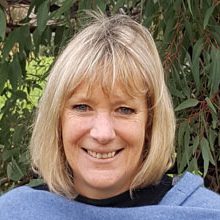
Anne Gulliver (2017-2018)
The blue carbon benefits of restoring a degraded coastal wetland
RESEARCH ASSISTANTS AND SCIENCE COMMUNICATORS
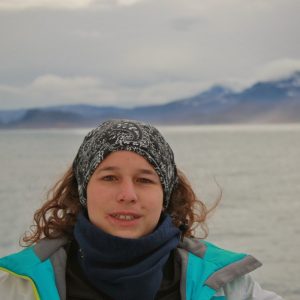
Dr. Elodie Camprasse
Science Communicator and Project Manager
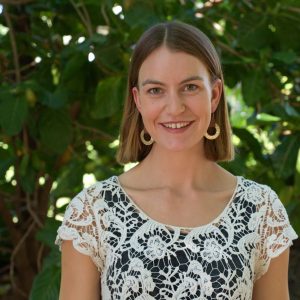
Stella Fulton
Research Assistant

Evelyn Gomm
Research Assistant

Piyumi Wijepala
Research Assistant
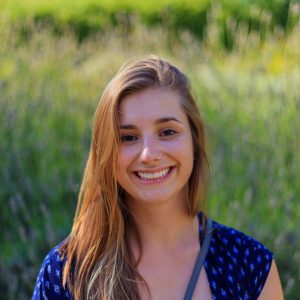
Dr Taryn Laubenstein
Science Communicator
